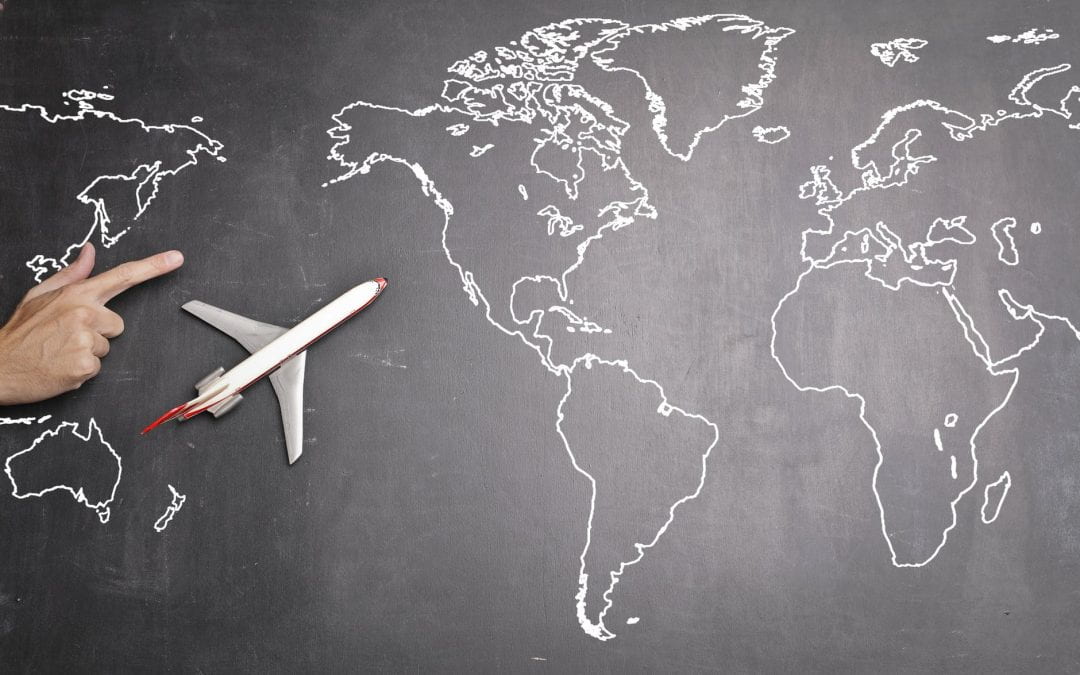In June 2021, British trade minister Liz Truss announced that the United Kingdom would begin virtual talks to join the Comprehensive and Progressive Agreement for Trans-Pacific Partnership (CPTPP). Joining the CPTPP would deepen the UK’s trade ties in the Asia-Pacific region and set the stage for the trading bloc – currently comprising a collective £9 trillion ($12.5 trillion) in GDP – to grow further, although the true impact for the UK is likely to be strategic, rather than economic, in nature.
Background to the CPTPP
The CPTPP was ratified in 2018 as a successor to the proposed Trans-Pacific Partnership (TPP), following the US’ withdrawal from the agreement in 2017. U.S. President Barack Obama had been a leading proponent of the TPP, as part of his administration’s “strategic pivot to Asia,” but the agreement drew criticism from candidates of both parties during the 2016 election, and his successor, Donald Trump, made withdrawing from the TPP one of his first actions in office. The remaining eleven signatories – Australia, Brunei Darussalam, Canada, Chile, Japan, Malaysia, Mexico, New Zealand, Peru, Singapore, and Vietnam – renegotiated some elements of the trade deal, which they rebranded as the CPTPP.
The most significant changes made between the original TPP and the ultimately ratified CPTPP were to suspend a number of provisions related to IP protections and narrow the scope of its investor-state dispute settlement provision. However, it still has “the most advanced and detailed standards on intellectual property in a trade agreement to date,” according to the Center for Strategic and International Studies. The CPTPP is seen by supporters as an innovative, “next-generation” agreement— as well as reducing tariffs between member countries, it includes new rules on fast-growing industries such as e-commerce, expands trade in services as well as goods, and contains provisions requiring the adoption of international standards for environmental and labor laws.
Why does the UK want to join?
Seen through a purely economic lens, the benefits to the UK of joining the CPTPP appear marginal. According to the BBC, the bloc’s eleven member countries represent more than 13 percent of global gross domestic product (GDP), but only 8 percent of the UK’s 2019 exports. In a press release from the Department of International Trade, the UK government estimated that, if the UK joined the agreement, its exports to CPTPP countries could increase by 65 percent – a £37 billion ($51 billion) increase – by 2030, given “new markets for [UK] services industries, lower tariffs on goods like cars and whisky,” and “new opportunities for UK farmers.” Other government estimates frame the potential growth more modestly, suggesting that CPTPP membership would only provide the UK with a GDP boost of around 0.1 percent.
In seeking to join the CPTPP, the UK may be more influenced by strategic goals than economic opportunity. Some in the UK suggest that joining the bloc will serve as a “counterweight” to China’s regional influence and controversial trade tactics. This has been a talking point since the agreement’s early days as the TPP; the US’ withdrawal from the agreement was seen to create a “power vacuum” that China would fill if the CPTPP didn’t. The CPTPP is often seen as an alternative to the China-backed Regional Comprehensive Economic Partnership (RCEP), although there is significant overlap between the membership rosters of both agreements— only Canada, Chile, Mexico, and Peru are not party to both agreements. China is reportedly interested in joining the CPTPP itself, although the agreement’s requirements and the reluctance of some member countries – including the UK, should it join – may prove a barrier.
Another explanation for the UK’s interest in the CPTPP is the belief the US will soon join the trading bloc as well, in which case membership could serve as a “backdoor” for trade ties between the two countries in the absence of a formal US-UK deal. While the possibility is more feasible under the current administration and would align with the Biden administration’s goals in the region, there is no guarantee – and so far, no indication – that the US will seek to rejoin the CPTPP. The new U.S. Trade Representative, Katherine Tai, has said that the CPTPP is a “sound formula” but “a lot has changed” since the US left the agreement five years ago.
Next steps
As the first country to enter negotiations to join the CPTPP since its ratification, the forthcoming UK talks will set a precedent for other countries interested in joining the agreement, such as South Korea, Thailand, and the Philippines. CPTPP members such as Japan have spoken positively about the UK’s interest in joining the agreement, but it remains to be seen whether the UK will be able to negotiate for beneficial adjustments to the agreement, or whether the CPTPP members will present the UK with an ‘all or nothing’ deal.
Author Biography: Alessandra Palazzolo is a senior moderator for the International Law and Policy Brief (ILPB) and a J.D. candidate at The George Washington University Law School. She received her B.A. in International Affairs with a concentration in International Economics from The George Washington University’s Elliott School of International Affairs.

